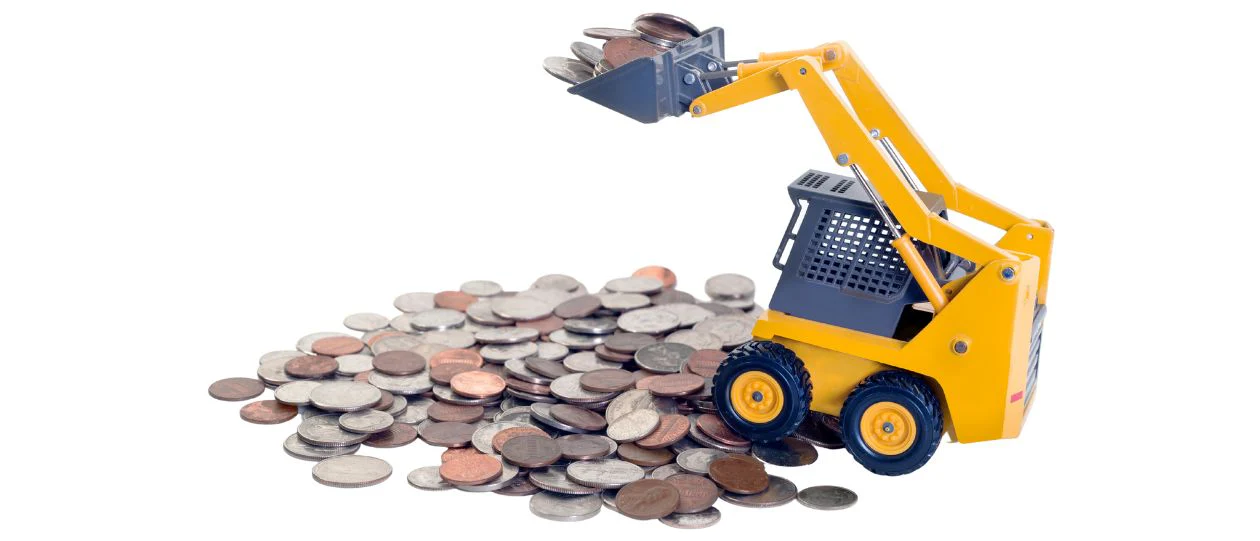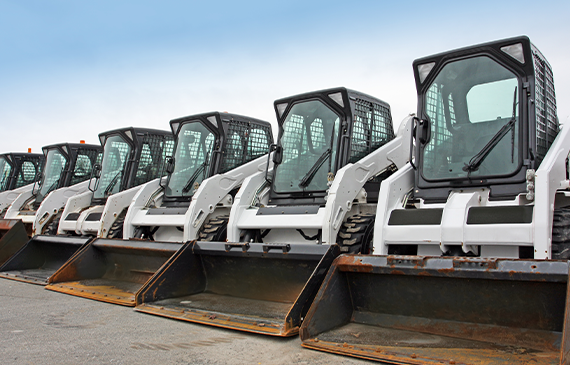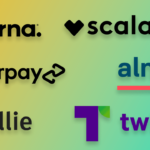Now Reading: Your Complete Guide to Skid Steer Financing
-
01
Your Complete Guide to Skid Steer Financing
Your Complete Guide to Skid Steer Financing

A skid steer loader is one of the most versatile pieces of equipment you can own. Whether you’re in construction, landscaping, or agriculture, this compact powerhouse can transform your business’s productivity. But acquiring one comes with a significant price tag. This is where skid steer financing comes into play, making it possible to get the equipment you need without a massive upfront cash outlay.
This guide will walk you through everything you need to know. We’ll explore how financing works, what lenders look for, the different types of loans available, and how to navigate the application process. By the end, you’ll have a clear roadmap to securing the best deal for your next skid steer.
Key Takeaways
- Financing is Accessible: Multiple options exist for businesses of all sizes, including those with less-than-perfect credit.
- Preparation is Crucial: Having your financial documents and business plan in order will significantly speed up the approval process.
- Understand Your Options: From traditional loans to leasing and dealer financing, each option has unique benefits. Choosing the right one depends on your business goals.
- Credit Score Matters: A higher credit score generally leads to better interest rates and more favorable terms, but options are available for various credit profiles.
What Exactly Is Skid Steer Financing?
Skid steer financing is a type of business loan specifically designed to help you purchase or lease a new or used skid steer loader. Instead of paying the full price upfront, you make regular payments—usually monthly—over a set period. This allows you to conserve your working capital for other essential business expenses like payroll, fuel, and marketing.
Think of it like a car loan, but for heavy equipment. The skid steer itself typically serves as collateral for the loan. This means if you fail to make your payments, the lender can repossess the equipment to recover their losses. This secured nature often makes equipment financing easier to obtain than unsecured business loans.
Why Should You Consider Financing a Skid Steer?
For many business owners, financing isn’t just an option; it’s a strategic move. The initial cost of a new skid steer can range from $30,000 to over $80,000, a sum that can strain the cash flow of even a successful company.
Preserve Your Cash Flow
The most significant advantage of skid steer financing is the ability to keep cash in your business. This liquidity is vital for managing day-to-day operations, covering unexpected costs, and seizing new growth opportunities. Tying up a large amount of capital in a single asset purchase can leave your business vulnerable. Financing smooths out this expenditure over time, making it a manageable operational cost rather than a crippling capital expense.
Generate Immediate Revenue
With financing, you can put your skid steer to work right away and start generating revenue. The income earned from the jobs you complete with the new equipment can often cover the monthly loan payment and then some. This means the skid steer effectively pays for itself over the life of the loan. You don’t have to wait months or years to save up the full purchase price, allowing you to boost your business’s earning potential immediately.
Types of Skid Steer Financing Options
When you start looking for skid steer financing, you’ll find several different paths you can take. Understanding each one will help you choose the best fit for your financial situation and business strategy.
Equipment Loans
This is the most straightforward option. You borrow a lump sum from a lender to purchase the skid steer and pay it back in fixed monthly installments over a predetermined term.
- Ownership: You own the equipment from day one.
- Terms: Typically range from 2 to 7 years.
- Best for: Businesses that plan to use the skid steer for a long time and want to build equity in their assets.
Equipment Leasing
Leasing is essentially a long-term rental agreement. You pay a monthly fee to use the skid steer for a specific period. At the end of the lease term, you usually have a few choices.
- End-of-Lease Options:
-
- Return the equipment.
- Renew the lease.
- Purchase the equipment for its fair market value or a predetermined buyout price.
- Benefits: Lease payments are often lower than loan payments, and they can sometimes be fully deducted as an operating expense.
- Best for: Businesses that want lower monthly payments, need to upgrade equipment frequently, or aren’t sure about long-term ownership.
Fair Market Value (FMV) Lease vs. $1 Buyout Lease
Within leasing, you’ll encounter two common structures. An FMV lease offers the lowest monthly payments, but you’ll have to pay the equipment’s fair market value if you decide to buy it at the end. A $1 Buyout lease functions more like a loan; your payments are higher, but you can purchase the skid steer for just $1 when the lease ends.
Dealer Financing vs. Bank Loans
Where you get your financing is just as important as the type you choose. Your main choices will be financing directly through the equipment dealer or securing a loan from a traditional bank or credit union.
Financing Through a Dealer
Most skid steer manufacturers and their authorized dealers offer in-house skid steer financing programs. This is often the most convenient option, as you can handle the purchase and financing in one place. Dealers frequently have promotional offers, such as 0% interest for a limited time, which can be very attractive. However, these promotions are usually reserved for buyers with excellent credit.
Securing a Loan from a Bank or Online Lender
Approaching your bank or an online lender that specializes in equipment financing is another popular route. Banks may offer competitive rates, especially if you have a strong existing relationship with them. Online lenders have streamlined application processes and are often more flexible with credit requirements, making them a great choice for new businesses or those with lower credit scores. You can explore different financial insights on platforms like Forbes Planet to better understand the lending landscape.
What Do Lenders Look For?
Lenders evaluate several factors to determine your creditworthiness and the terms of your loan. Being prepared with this information can significantly improve your chances of approval.
Key Factors Lenders Consider:
|
Factor |
What They Want to See |
Why It Matters |
|---|---|---|
|
Credit Score |
A personal and/or business credit score above 650 is ideal. |
Indicates your history of paying back debts on time. Higher scores lead to lower interest rates. |
|
Time in Business |
At least 2 years in operation. |
Demonstrates stability and a proven track record. Startups can still get financing but may face higher rates. |
|
Annual Revenue |
Consistent and sufficient income to cover payments. |
Shows the lender you have the cash flow to handle the new debt obligation. |
|
Down Payment |
Typically 10-20% of the purchase price. |
A down payment reduces the lender’s risk and shows your commitment. Some programs require no down payment. |
|
Equipment Details |
Age, condition, and value of the skid steer (especially for used equipment). |
The equipment is the collateral, so the lender needs to ensure it holds sufficient value. |
How to Apply for Skid Steer Financing: A Step-by-Step Guide

The application process for skid steer financing is generally straightforward. Following these steps will help you stay organized and find the best possible deal.
1. Get Your Documents in Order
Before you even start applying, gather all necessary paperwork. This will make the process much smoother.
- Business Information: Name, address, and tax ID number (EIN).
- Personal Information: Your Social Security number for credit checks.
- Financial Statements: Bank statements (last 3-6 months), profit and loss statements, and balance sheets.
- Tax Returns: Personal and business tax returns for the last 2 years.
- Equipment Quote: A formal quote from the seller detailing the skid steer’s price, make, model, year, and VIN.
2. Check Your Credit Score
Know where you stand. You can get free copies of your credit report from the major credit bureaus. If your score is lower than you’d like, take steps to improve it, such as paying down existing debt. Even with a lower score, many lenders offer skid steer financing, so don’t let it discourage you.
3. Compare Multiple Lenders
Don’t accept the first offer you receive. Shop around and compare rates and terms from different types of lenders, including:
- The equipment dealer
- Your local bank or credit union
- Online equipment financing specialists
Request quotes from at least three different sources to ensure you’re getting a competitive rate. Pay close attention to the interest rate, loan term, and any associated fees.
4. Submit Your Application
Once you’ve chosen a lender, complete their application form. Thanks to online platforms, this can often be done in minutes. Be honest and accurate with all the information you provide. The lender will review your application, run a credit check, and typically give you a decision within one to two business days.
Financing a New vs. Used Skid Steer
Your decision to buy a new or used skid steer will impact your financing options. Lenders view new equipment as less risky because it comes with a warranty and has a longer expected lifespan. As a result, you may find it easier to get approved for skid steer financing on a new machine, often with better interest rates and longer repayment terms.
However, financing a used skid steer is very common. Lenders will simply place more emphasis on the equipment’s age, hours, and condition. They may require a professional inspection or appraisal to confirm its value. While rates might be slightly higher for used equipment, the lower overall purchase price can still make it a more affordable option.
Final Thoughts
Acquiring a skid steer is a major step toward growing your business, and skid steer financing makes it an achievable goal. By preserving your cash, enabling immediate ROI, and offering flexible payment structures, financing is a powerful tool for businesses of all sizes.
The key to success is preparation. Understand your financial standing, gather your documents, and explore all available options—from equipment loans and leases to dealer and bank financing. By doing your homework, you can confidently navigate the process and secure a deal that sets your business up for long-term success.
Frequently Asked Questions (FAQ)
Q1: Can I get skid steer financing with bad credit?
Yes, it is possible. While a strong credit score will get you the best rates, many lenders specialize in working with business owners who have less-than-perfect credit. They may require a larger down payment or offer a higher interest rate, but financing is often still within reach.
Q2: How long does the financing process take?
The process can be very fast, especially with online lenders. Once you submit a complete application with all the necessary documents, you can often receive a decision in 24-48 hours and have funds available shortly after.
Q3: Is a down payment always required for skid steer financing?
Not always. Some lenders offer 100% financing, meaning no down payment is required. These programs are typically available to businesses with strong credit and a solid financial history. However, providing a down payment of 10-20% can lower your monthly payments and improve your chances of approval.
Q4: Can I finance a skid steer for a new business?
Yes, startups can qualify for skid steer financing. Lenders will place more weight on your personal credit score and may look for a detailed business plan that outlines how the equipment will generate revenue. Be prepared for potentially higher interest rates and down payment requirements compared to an established business.
Q5: What is the typical interest rate for skid steer financing?
Interest rates vary widely based on your credit score, time in business, the lender, and the age of the equipment. Rates can range from as low as 5% for highly qualified applicants to over 20% for those with significant credit challenges. It’s essential to shop around to find the most competitive rate for your situation.
















